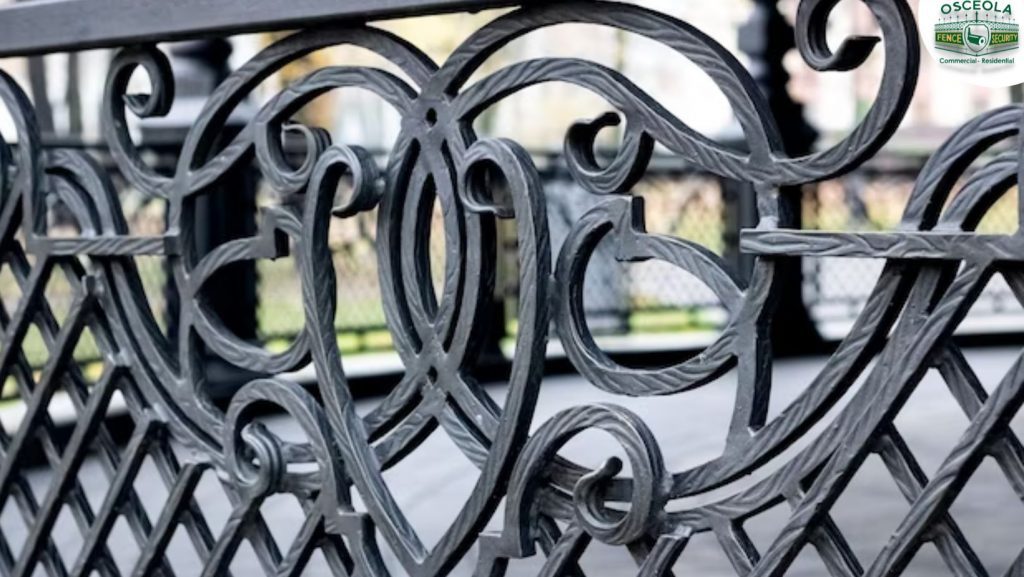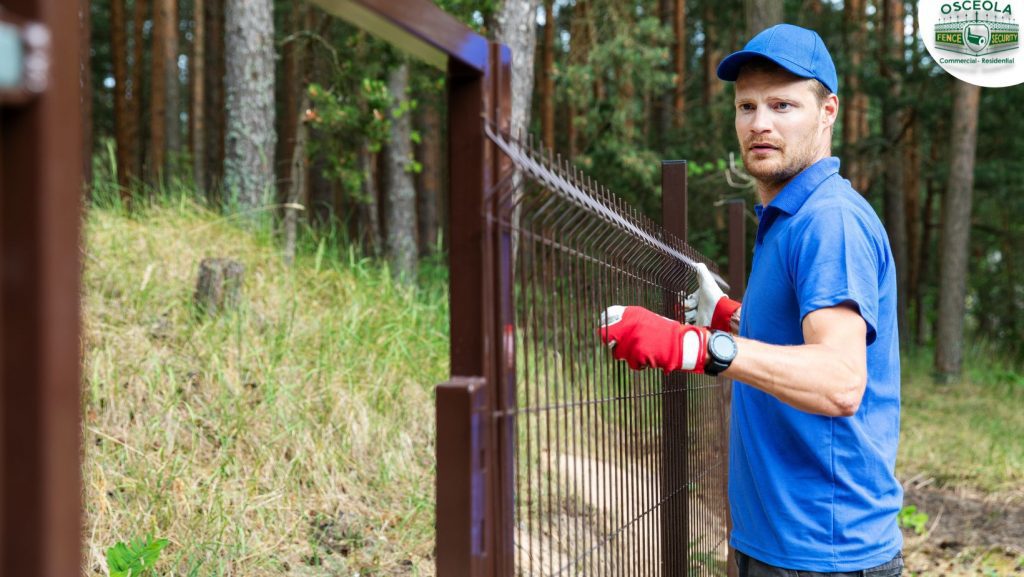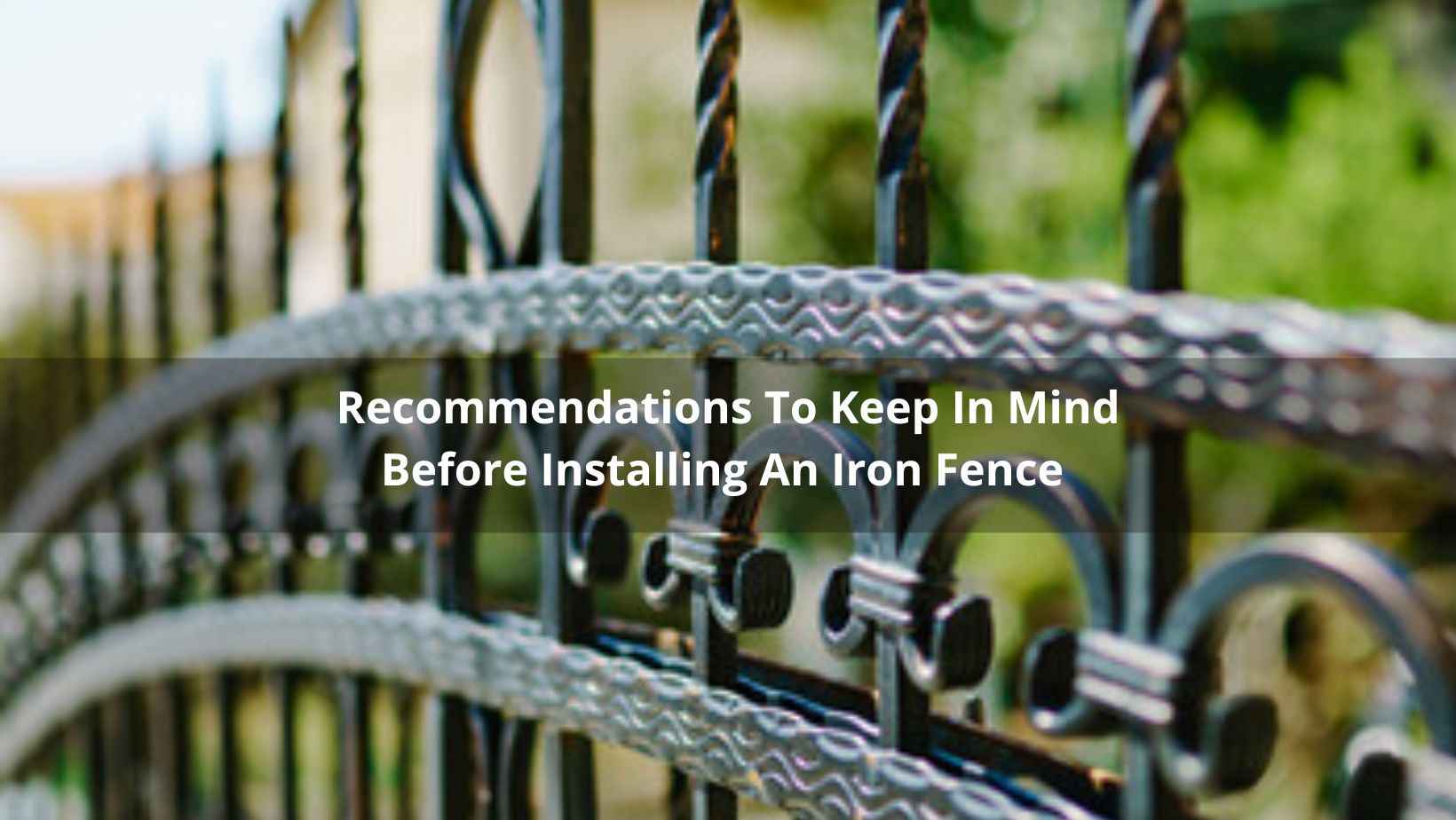Recommendations To Keep In Mind Before Installing An Iron Fence
Some recommendations to keep in mind before installing an iron fence should be known, although the installation of an iron fence is, certainly, an excellent way to enhance the security and privacy of a property, whether it is commercial or residential. For many, fences represent a necessary measure to delimit spaces, protect the area from possible intruders and achieve a good appearance. However, before installing an iron fence, there are some specific things to consider.
For additional information, we invite you to read other related posts:
Interested in fencing your residential or commercial property? Check out the options we have for you
Several options are available for your property: fence installation Chicago, as well as our vinyl fence Chicago, automatic gates Chicago or even our composite fence Chicago, IL
Recommendations before installing an iron fence
Before installing an iron fence, it is important to consider the following recommendations:
1. Check city and township regulations to make sure the fence meets height, location, and design requirements. So, zoning regulations vary from community to community, so it is important to be aware of specific regulations in your area. Certainly, you will need to obtain permission to build a fence before beginning the project. Therefore, it is important to strictly follow local regulations to avoid potential legal problems in the future.
2. Choose the right material, as there are different grades of iron and alloys, as well as different finishes and coatings. The fence must be strong enough to withstand strong winds, snow and any adverse weather conditions. Therefore, you will need to make sure that the type of iron is treated to withstand the elements. Certainly, a professional can help you choose the type of iron that best suits your needs and budget.
In addition, it is important to remember that every fence will have some exposed metal parts, so these will also require some type of treatment to prevent corrosion.
3. Measure the area where the fence will be installed to ensure that the fence will fit properly and comply with local regulations.
4. Design the fence to fit the style and character of the property and community. There are many iron fence designs to choose from, from simple to elaborate.
5. Proper installation in accordance with local regulations. It is recommended to hire an experienced professional to install the fence, you should look for a qualified professional to help you install the fence. Many people attempt to install a fence on their own, but this can result in a poorly done and inefficient job and compromise the safety and stability of the fence.
6. Regular maintenance to prevent rust and corrosion. This includes regular washing and applying a coat of paint or protective coating as needed.



 Ready to reinforce the security of your property?
Ready to reinforce the security of your property?
Get a great discount on our iron fence Chicago, IL or any of our commercial fencing Chicago, options.
We are the best fence company chicago, call us for a free quote!
Final Recommendation
If the recommendations to keep in mind before installing an iron fence are taken, you can certainly ensure that your fence will be installed correctly and will remain in good condition for many years to come. If you are looking to install iron fencing for your property, remember to look for an experienced professional. Osceola Fence is a Chicago Fence Company with 45 years of experience, so if you want to improve the security and privacy of your property, don’t hesitate to contact us.





